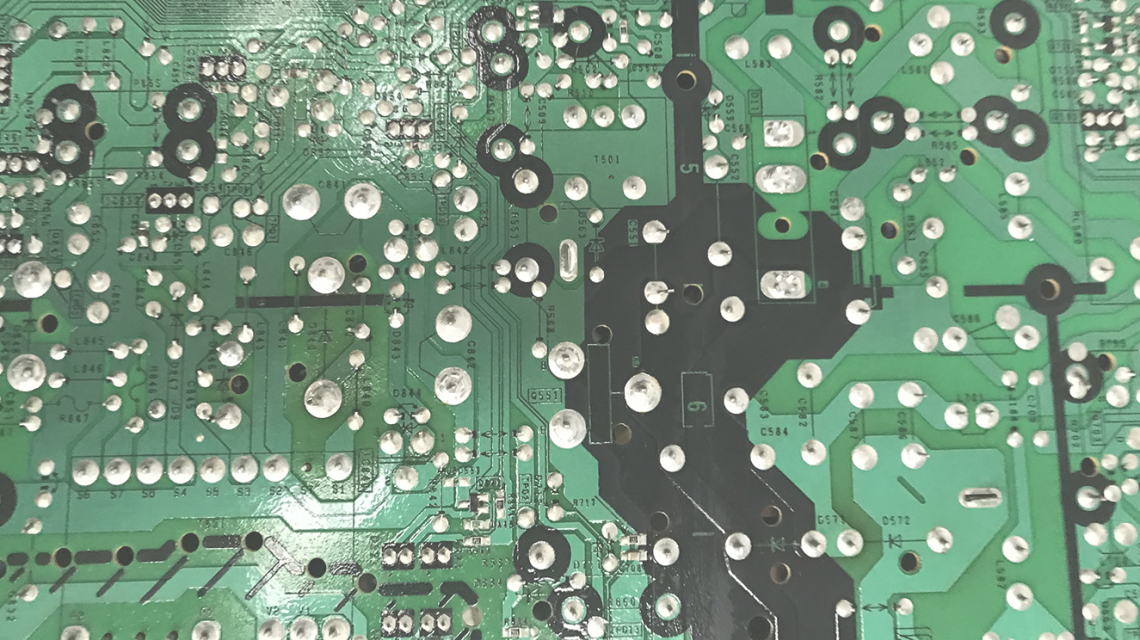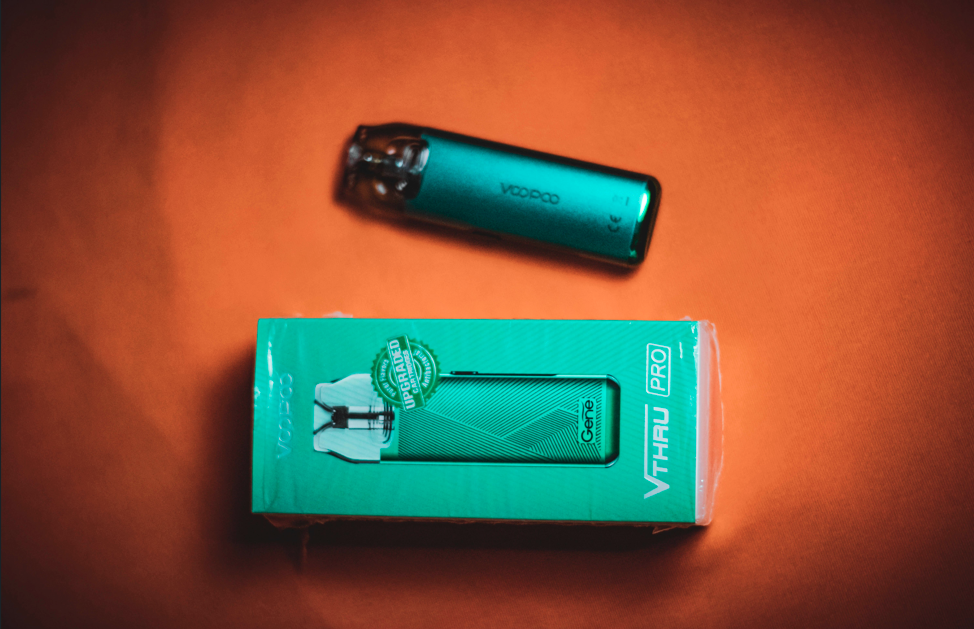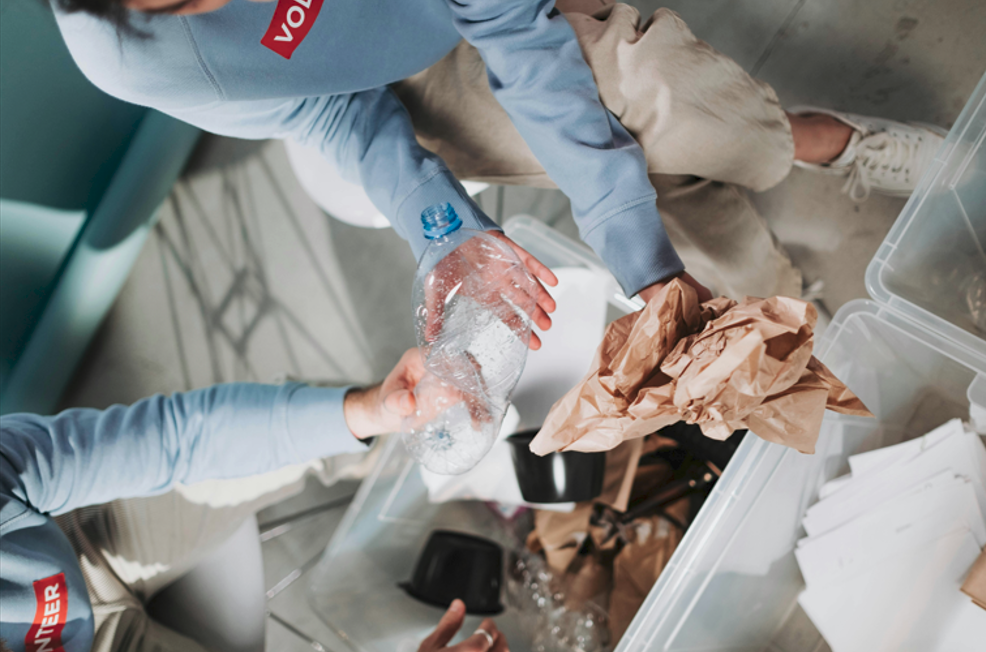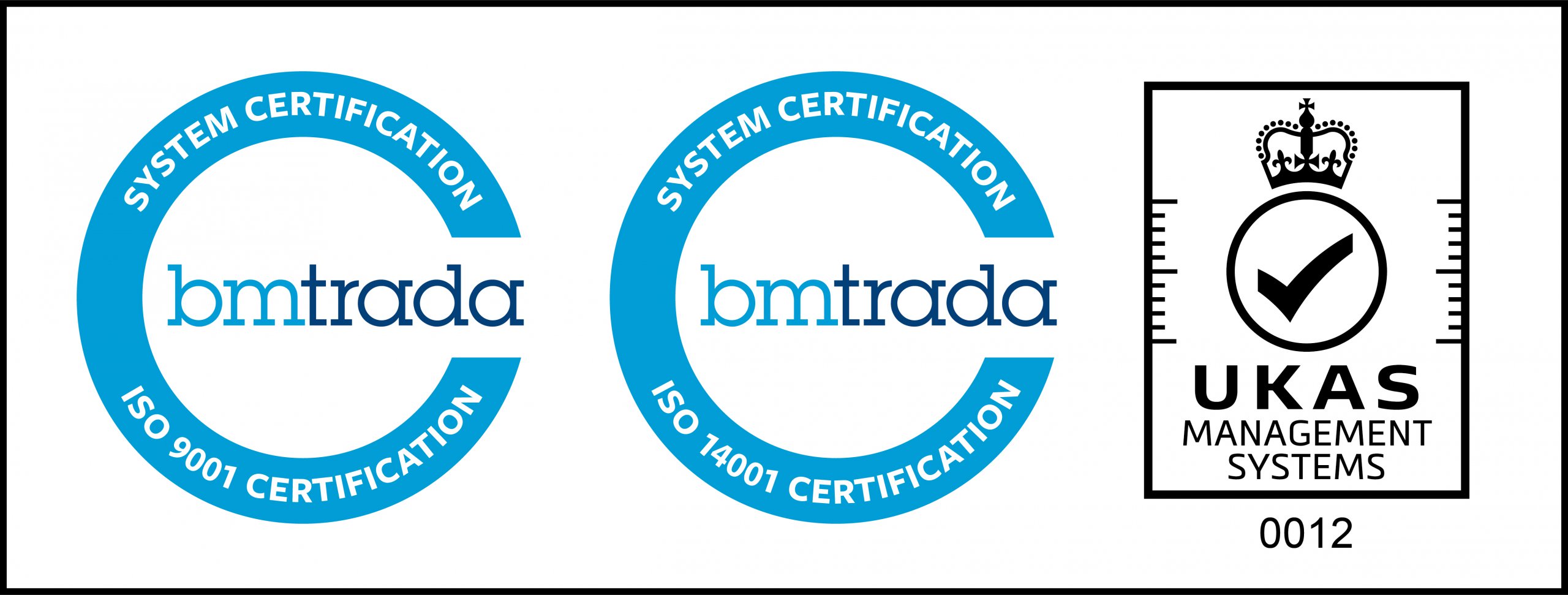The Government’s long anticipated Resource and Waste Strategy is finally here and with it comes a number of goals and propositions to improve the circular economy and recycling activities in the UK.
Whilst there is a strong focus on plastics and packaging, the Strategy also outlines several objectives to increase the recycling of waste electrical and electronic equipment (WEEE) from businesses and households.
The current system for WEEE is based on ‘collective producer responsibility’ – whereby, those who manufacture electronic and electrical equipment pay based on their market share in specific equipment categories. However, unlike an individual producer responsibility scheme, WEEE producers do not need to reprocess their own equipment.
The current WEEE regulations have led to separate WEEE collections, facilitated through Household Waste Recycling centres “with producers financing the full cost of collection, treatment and environmentally sound disposal.”
Retailers have an obligation to either take back old electrical appliances and equipment from customers or join the Distributor Take-back Scheme (DTS), which provides funding to local authorities to collect WEEE waste, prior to recycling.
Despite there being a number of methods in place, the Government’s strategy said further action is required to boost WEEE collections. It said: “more needs to be done to increase collections, particularly of small items (often with high plastic content) that are easily discarded as residual black-bin-bag waste. The current system does not reward producers for designing and selling more resource efficient products or services.
“By the end of 2020 Government will consult on changing the waste electrical and electronic equipment (WEEE) and batteries producer responsibility regimes to incentivise more sustainable product design, increase recycling and ensure alignment with the wider EPR framework. Following these reviews, we will amend the Regulations as necessary.”
The report also draws attention to the Waste Batteries and Accumulators Regulations, which, according to Government, has resulted in a recycling uptake for portable batteries as well as a ban on industrial and automotive models from entering landfills sites.
However, the current infrastructure requires further development in order to recover more portable batteries “out of residual black-bin waste”, the Strategy notes.
And, it explains: “Lead-acid batteries make up only 4% of portable batteries placed on the market every year, but make up over 50% of the batteries that contribute towards collection targets. We estimate that the over-contribution of lead-acid batteries means that there are over 320 million portable batteries which aren’t being recycled every year in the UK. This must be addressed.”
Defra pledges to review the current system “to target higher recycling rates for non-lead-acid portable batteries, including consideration of chemistry-specific targets and whether there should be increased kerbside collection.”
The Government’s Waste and Resources Strategy document can be downloaded here.

















